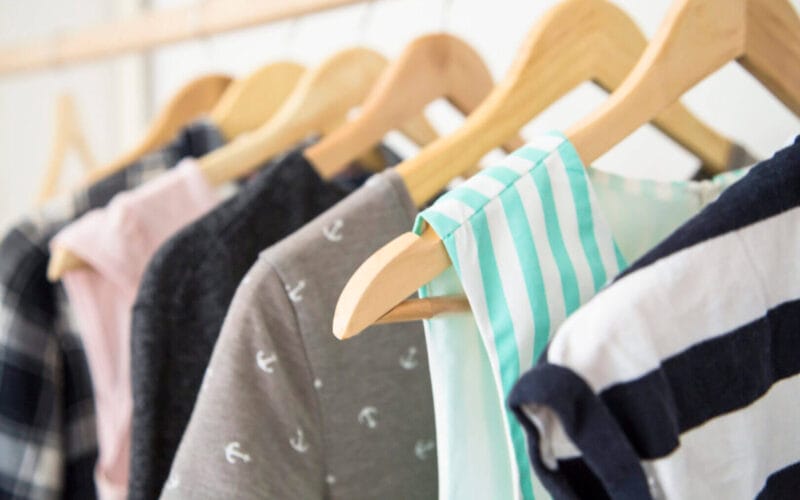

Confidence of Style
Facebook
Twitter
LinkedIn
WhatsApp
Fashion encroaches on the areas of art, politics and science, [making it] clear that we are talking about a phenomenon that lies near the centre of the modern world.
Lars Svendsen in Fashion as a Philosophy
Style is for everyone. While many studies related to fashion focus on women’s style, the results are universal—we are all affected by what we wear. This is a human phenomenon with real impact on how we are perceived by others and how we feel about ourselves.
CEEK aims to promote wellness of mind and body throughout daily life. What you wear has a deep effect on how you feel and work throughout the day. (To be clear: We are talking about personal style. Fashion is an industry and your style is how you consume it.)
Clothing Communicates
Fashion has transitioned from a purely class-associated status to that of personal identity and self-expression. So it’s no surprise that what we wear is an indicator of how we feel. Often, the first communication between two strangers is their clothing. You can glean a lot from the way a person dresses such as their beliefs, attitudes, values, and feelings.
Check out these examples and try to determine how each person is expressing themselves:
Person A is wearing a baggy shirt and ill-fitted pants with loafers and patterned socks that complement the shirt. Their hair is styled and they’re carrying a nice backpack.
Person B is wearing a well-fitted dress with big earrings and heels. Their hair is in a bun and they are carrying a briefcase.
What’s your first impression of Person A before you speak to them? The fact that their hair is styled and they’ve paired their shirt and socks shows that they care about how they look, but their ill-fitted shirt and pants might indicate insecurity.
Person B on the other hand is loud before they even speak. The shape of the dress and the heels indicate an air of confidence. You might believe Person B is assertive and self-assured. Both Person A and Person B have a professional look to them, their clothes are clean and they bear some sense of style, but how do you think your interaction might change between them? How do your clothes affect how people view you?
Notice that the descriptions above do not include body-type. People notice how you dress before they register body type. Confidence screams across any room – and it’s not your body that controls your confidence. It’s your mind. Your body is a canvas for what’s inside your mind.
Fashion and Feelings
One thing I do when I get dressed is ask: What is this look saying? I not only determine how I’m feeling that day, but I also assess the cause of the feeling and, if necessary, a solution. Is my baggy shirt indicative of how I’m feeling about my appearance that day? Maybe I had one too many slices of cake over the weekend and I am feeling guilty and self-conscious. Perhaps a fitted shirt and an open blazer will make me look more confident while also covering me in a way that makes me feel comfortable. That simple change helps me to see myself in a different way, changing feelings of self-consciousness into confidence.
We’ve all heard the saying: Fashion is pain. This implies that I am only getting dressed to impress others regardless of comfort. Wrong. In fact, the point of developing your own style is so you are comfortable. Finding clothes that fit properly and work with your natural body greatly impacts how you feel throughout the day because if you look good, you feel good.
We at CEEK encourage you to play with your style and find one that represents who you are while also making you feel good.
Read more:
https://www.nytimes.com/2018/04/12/fashion/fashion-psychologist.html
http://karenpine.com/wp-content/uploads/2012/03/PR-Happiness-its-not-in-the-jeans.pdf
http://thoughteconomics.com/the-role-of-fashion-in-human-culture/



